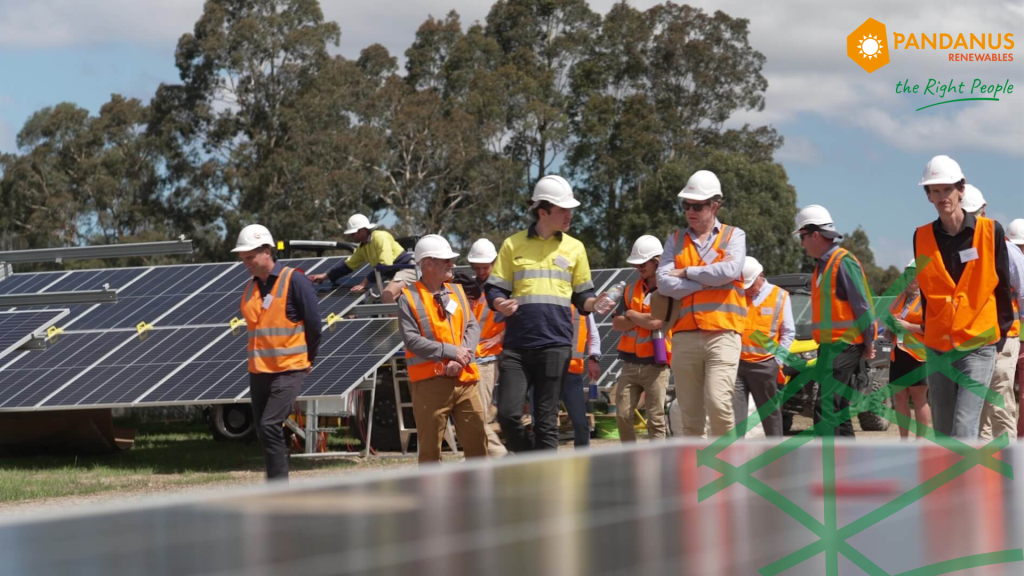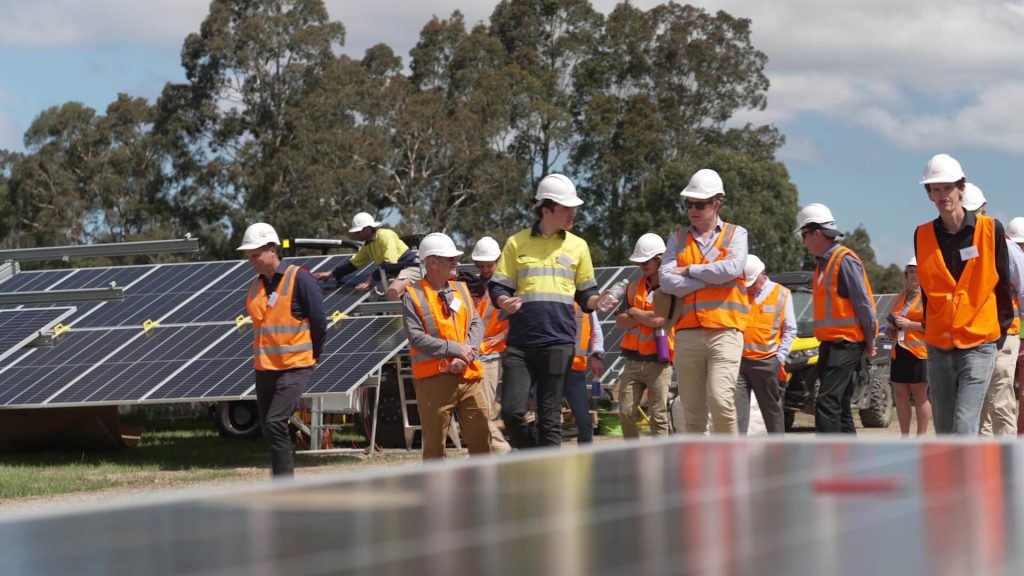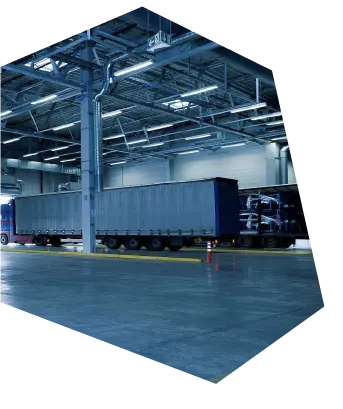
Solar Farm Workforce Challenges
As Australia accelerates its transition to renewable energy, solar farm construction has emerged as a booming sector. However, with this rapid growth comes a set…

As Australia accelerates its transition to renewable energy, solar farm construction has emerged as a booming sector. However, with this rapid growth comes a set…

In the dynamic world of construction, the foundation of every successful project lies in the strength of its workforce. Building a capable, motivated, and cohesive…

As the world races toward achieving net zero emissions by 2050, Australia finds itself at a critical juncture. Blessed with abundant natural resources, Australia has…

The Pitfalls of Mismanaging Workforce Dynamics on a Solar Farm Construction Site As the global push for renewable energy accelerates, solar farms are becoming…

Embracing Automation and Technology for Enhanced Efficiency The Fast-Moving Consumer Goods (FMCG) industry is undergoing a transformative shift as technology and automation reshape how…